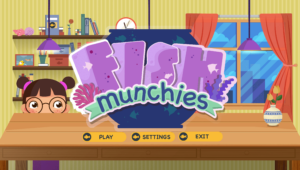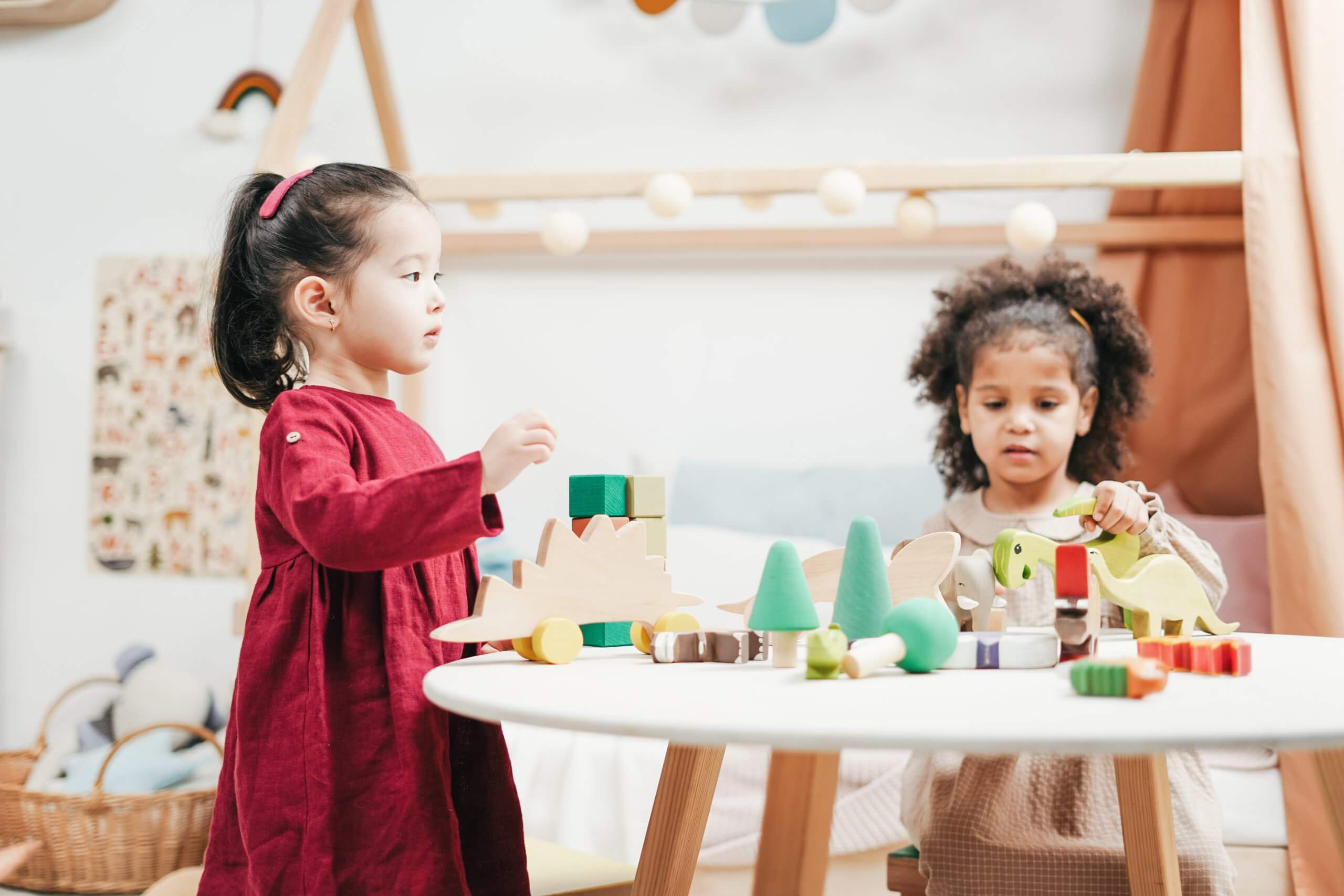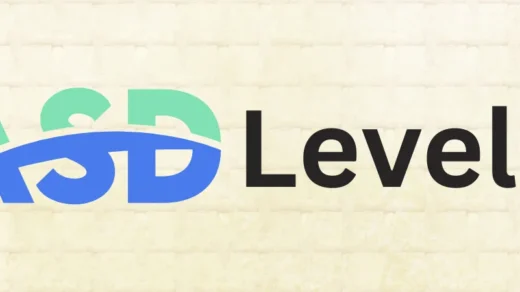 Collaborative learning involves children learning in pairs or small groups through different activities. It can be a fun way for students to learn and interact with their peers. Collaborative learning in early childhood also plays a huge role in building the communication and social skills of children.
Collaborative learning involves children learning in pairs or small groups through different activities. It can be a fun way for students to learn and interact with their peers. Collaborative learning in early childhood also plays a huge role in building the communication and social skills of children.
This kind of learning is student-centric and provides children with a sense of autonomy over their educational process. It can lead to deeper learning, improve self-esteem, and build an understanding of others’ diverse perspectives.[1] Research shows that learning through collaboration with peers can build confidence, increase the attention, motivation, and response levels of students.[2] It can also encourage students who are shy to engage in activities, which can help their oral communication skills.
Encouraging group activities in classrooms not only increases motivation and engagement but also helps children to develop their social skills. Children learn to understand different perspectives, and this can promote positive social relations among peers. It helps students learn to work in a team and accept differences and support one another.
Technology can help facilitate collaborative learning in classrooms. Through the use of online learning tools, multiple children can work in groups and learn through collaborative play. Learning through play and collaborative experiences is an important aspect of early years education. Hence, technology-assisted collaborative play can be a great tool for teachers in classrooms to encourage children to play together.
 WonderTree’s online platform also caters to Early Childhood Education. This includes games that can be played by up to three children at a time. Teachers can use the games in classrooms as a fun group activity. Since these games are motion-based, it keeps children thoroughly engaged and immersed in the learning experience, while also facilitating their development.
WonderTree’s online platform also caters to Early Childhood Education. This includes games that can be played by up to three children at a time. Teachers can use the games in classrooms as a fun group activity. Since these games are motion-based, it keeps children thoroughly engaged and immersed in the learning experience, while also facilitating their development.



